Sony A7R IV vs A7R V - which high-res Alpha mirrorless camera is right for you?
Should you buy the Sony A7R V not the A7R IV? If you have the A7R IV, should you upgrade? We pick out the key differences
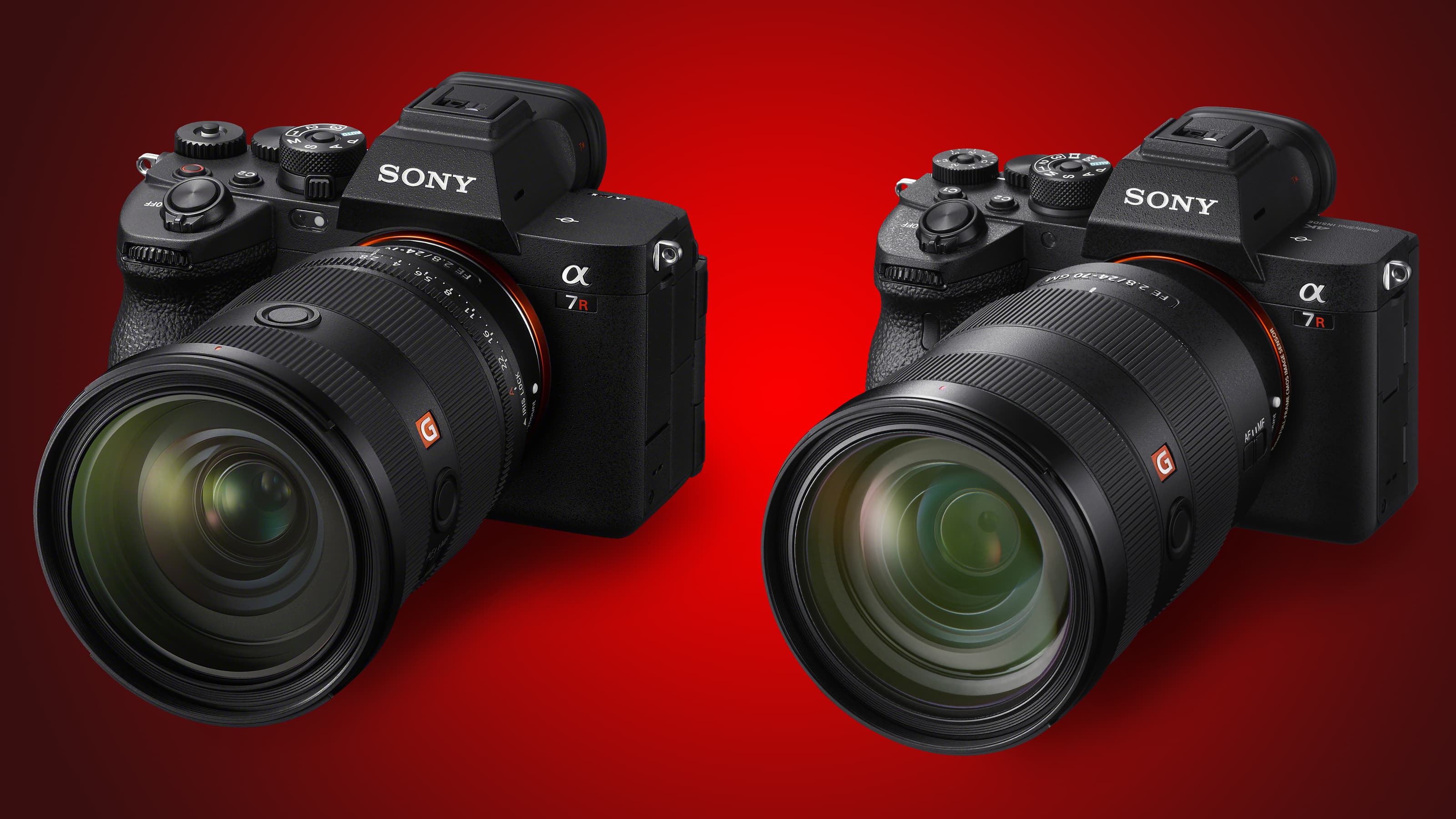
The Sony A7R IV vs A7R V dilemma will be very real for anyone looking to buy a 61MP Sony, or anyone who already owns an A7R IV (or the A7R IVA) and wondering if they should upgrade.
The Sony A7R V and A7R IV are both among the highest resolution cameras you can buy as well as the best Sony cameras. They are also near the top of the list of best professional cameras. For now, it looks as if both will stay on sale, which means weighing up an older model at a lower price against its newer replacement.
Price will probably be one of the biggest factors. At the time of writing, the price differential in the US is around $500, while the difference in the UK is nearer £1,000. Where you’re buying, and when, could play a big part in your decision.
The key selling point for both cameras is almost certainly the 61MP full frame sensor. That hasn’t changed in the Sony A7R V. If the resolution is all you care about, the new A7R V doesn’t really get you any further.
However, with the A7R V, Sony has broadened the camera’s scope and capabilities, so that it’s not just about resolution any more, but continuous shooting, autofocus, video and handling too.
So let’s break down all the key differences between the Sony A7R V and A7R IV to see what they mean and how much they matter.
Sony A7R V vs Sony A7R IV
Why you can trust Digital Camera World
1. Sensor
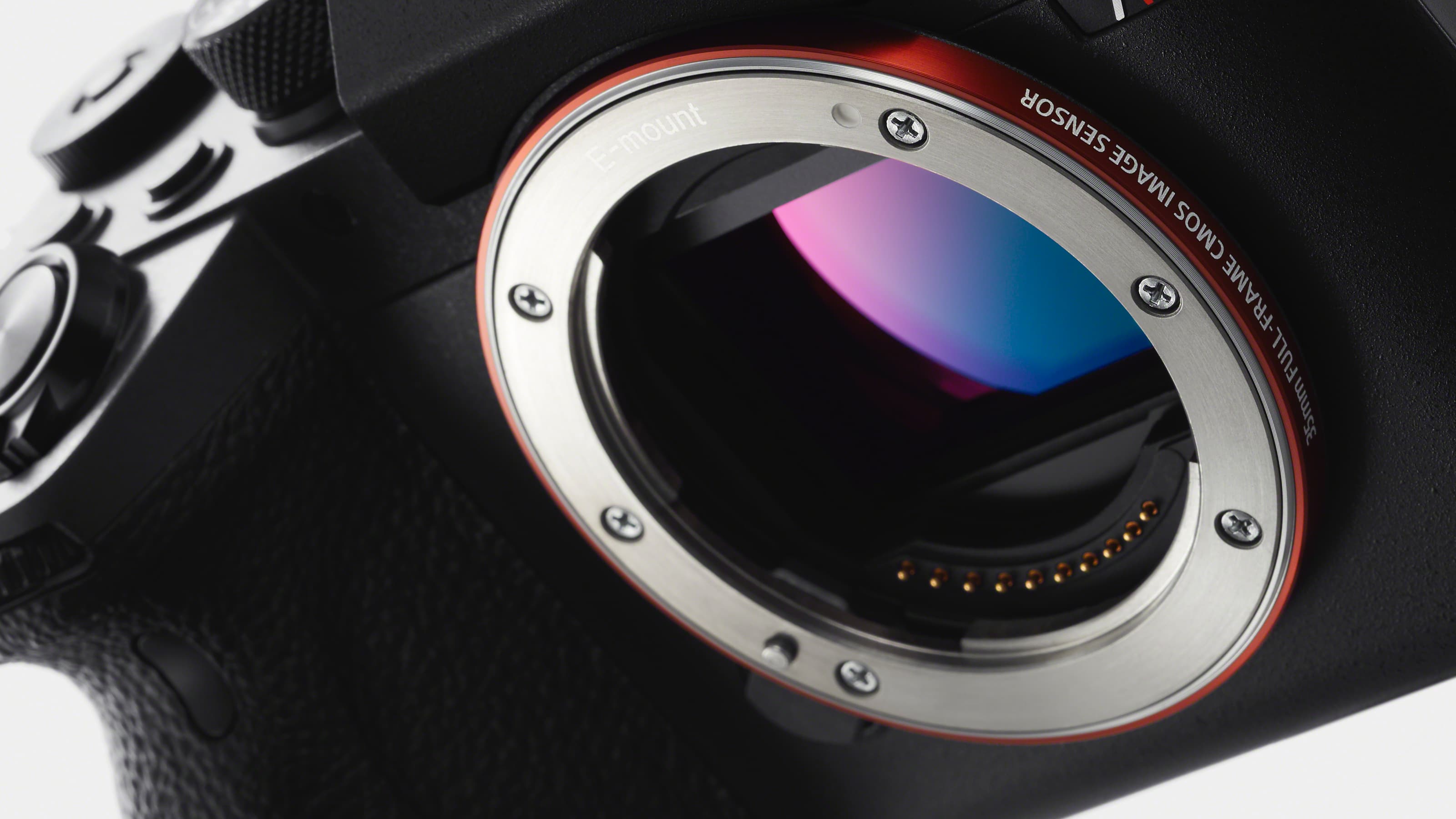
• Sony A7R V: 61MP back-illuminated Exmor R CMOS, 240MP Pixel Shift
• Sony A7R IV: 61MP back-illuminated Exmor R CMOS, 240MP Pixel Shift
The single biggest feature of these cameras is the one that has not changed. The 61MP full frame sensor in the A7R V is the same as the one in the A7R IV before it – though the newer and more powerful processor may theoretically have some impact on the image rendering (not that we’ve noticed). The ultra-high-resolution 240MP Pixel Shift mode in the A7R V was also present in the A7R IV before it.
2. Processor
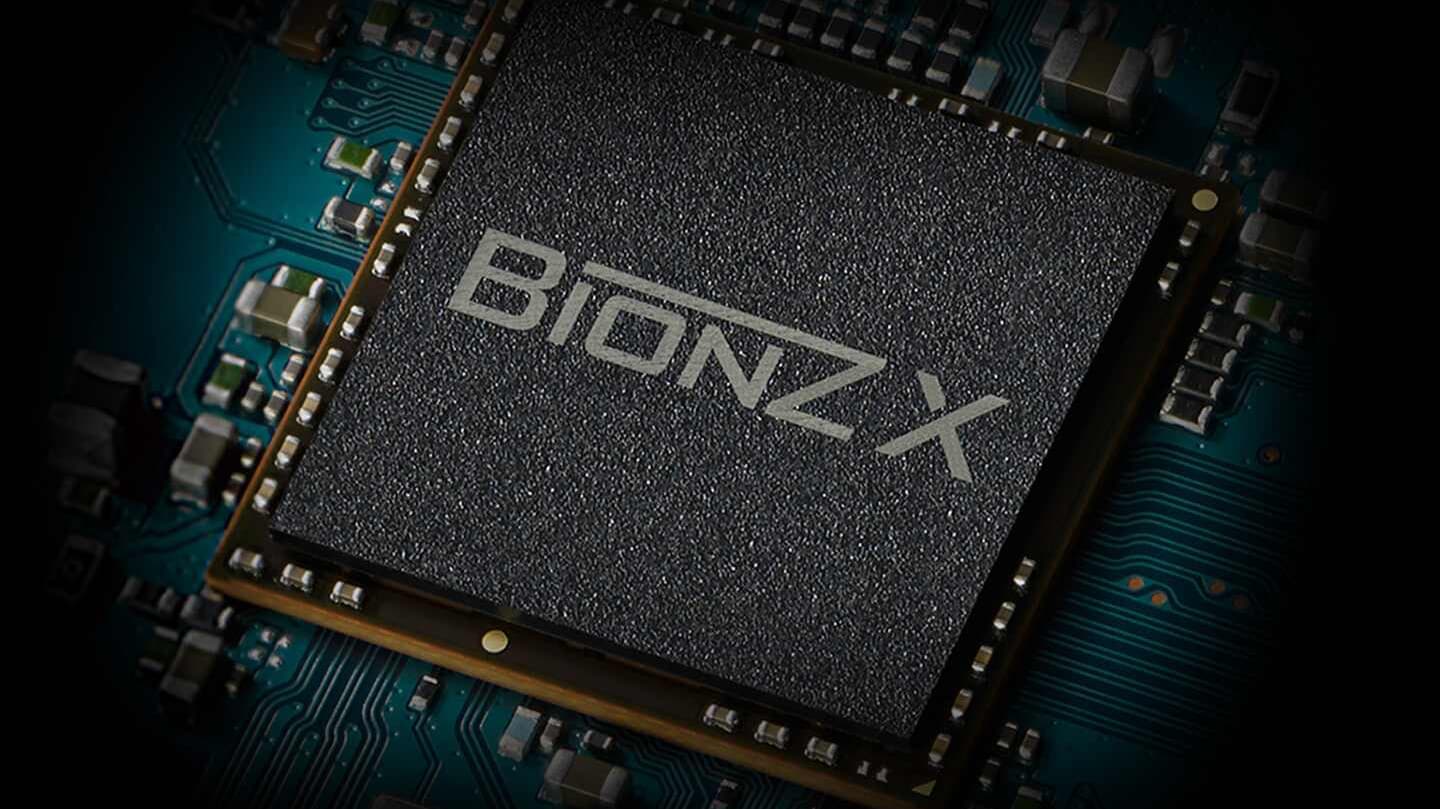
• Sony A7R V: BIONZ XR
• Sony A7R IV: BIONZ X
Image processors are not the most exciting things in a camera’s specs, but they do make a difference. The BIONZ X processor in the A7R IV is no slouch, but Sony says the BIONZ XR processor in the A7R V is eight times faster. It’s a much faster camera, and this shows particularly in the burst shooting performance (below).
3. ISO range
• Sony A7R V: ISO 100-32,000 (exp 50-102,400)
• Sony A7R IV: ISO 100-32,000 (exp 50-102,400)
No change here. Sometimes a processor upgrade brings a step up in the maximum ISO as the camera can apply more sophisticated noise reduction, but not this time.
4. Continuous shooting
• Sony A7R V: 10fps, buffer 583 compressed raw images
• Sony A7R IV: 10fps, buffer 68 compressed raw images
On the face of it, there’s no change here either. Both cameras can shoot at 10fps, which is extremely impressive for such high resolution cameras. But there is a very big difference after all. The A7R V’s combination of faster processor and faster memory cards means it has a massively increased buffer capacity. The A7R IV can shoot 68 compressed raw images in a burst, which isn’t bad, but the A7R V can capture a huge 583.
The A7R V is not a camera you would choose for sport, necessarily, but this kind of burst speed and capacity can be equally important for wedding and event photography, for example, which is exactly this camera’s territory.
5. Autofocus
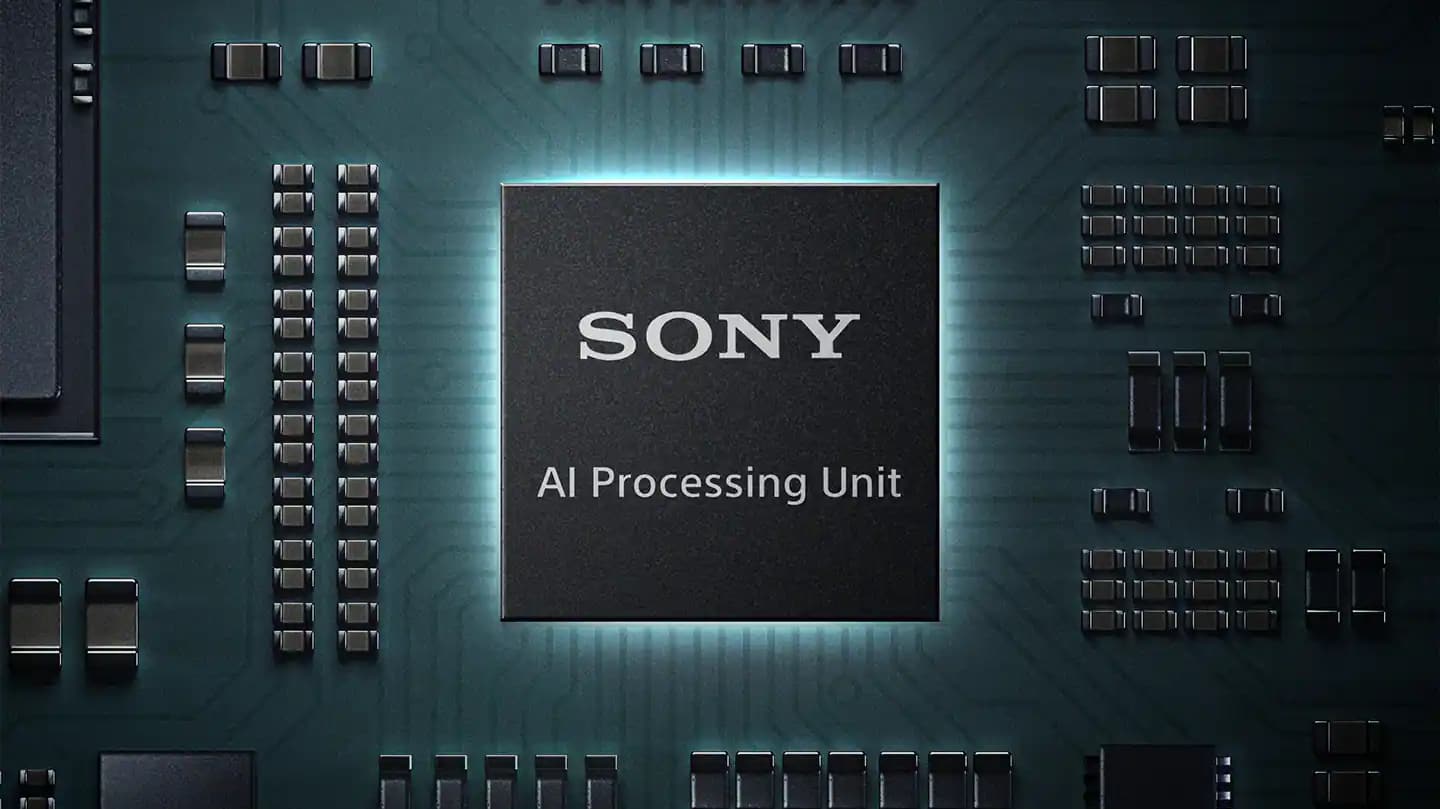
• Sony A7R V: 693 AF points, 79% coverage, -4EV sensitivity, AI processing unit
• Sony A7R IV: 567 AF points, 74% coverage, -3EV sensitivity
The A7R IV’s AF system is very good, including Sony’s Real-time Eye AF and Real-time Tracking. But the Sony A7R V has a new, dedicated AI processor – the first Sony camera to get this – which promised a new level of subject recognition and tracking.
6. Video
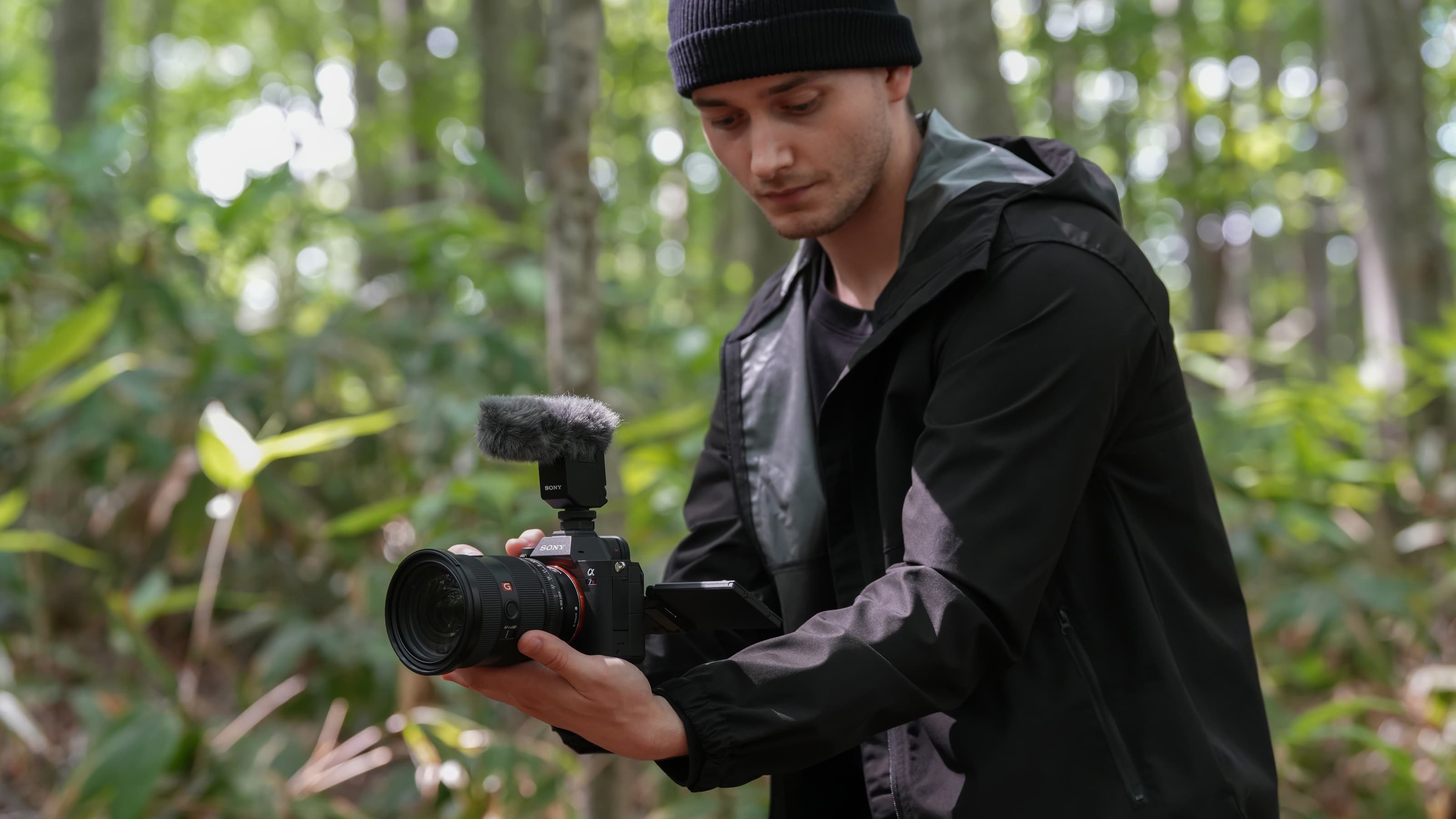
• Sony A7R V: 1.2x crop 8K 24p, 4K 60p, Super35 oversampled 4K
• Sony A7R IV: 4K full width (pixel binning), Super35 oversampled 4K
The Sony A7R V headlines with 8K video capture versus the 4K maximum of the A7R IV – but all is not quite as it seems. The A7 V’s 8K comes with compromises, including a 1.2x crop and a 24p maximum frame rate.
If you take the 8K out of the equation, these two cameras are closer. Both can shoot full-width 4K but with pixel binning/skipping, not oversampling. And while A7R V can go up to 4K 60p, that’s also with a 1.2x crop and no oversampling.
To get the best 4K video quality from these two cameras you’re better off switching to Super35 recording, which offers 6K oversampling and better detail, and if you do that then the A7R V has little advantage.
7. Stabilization
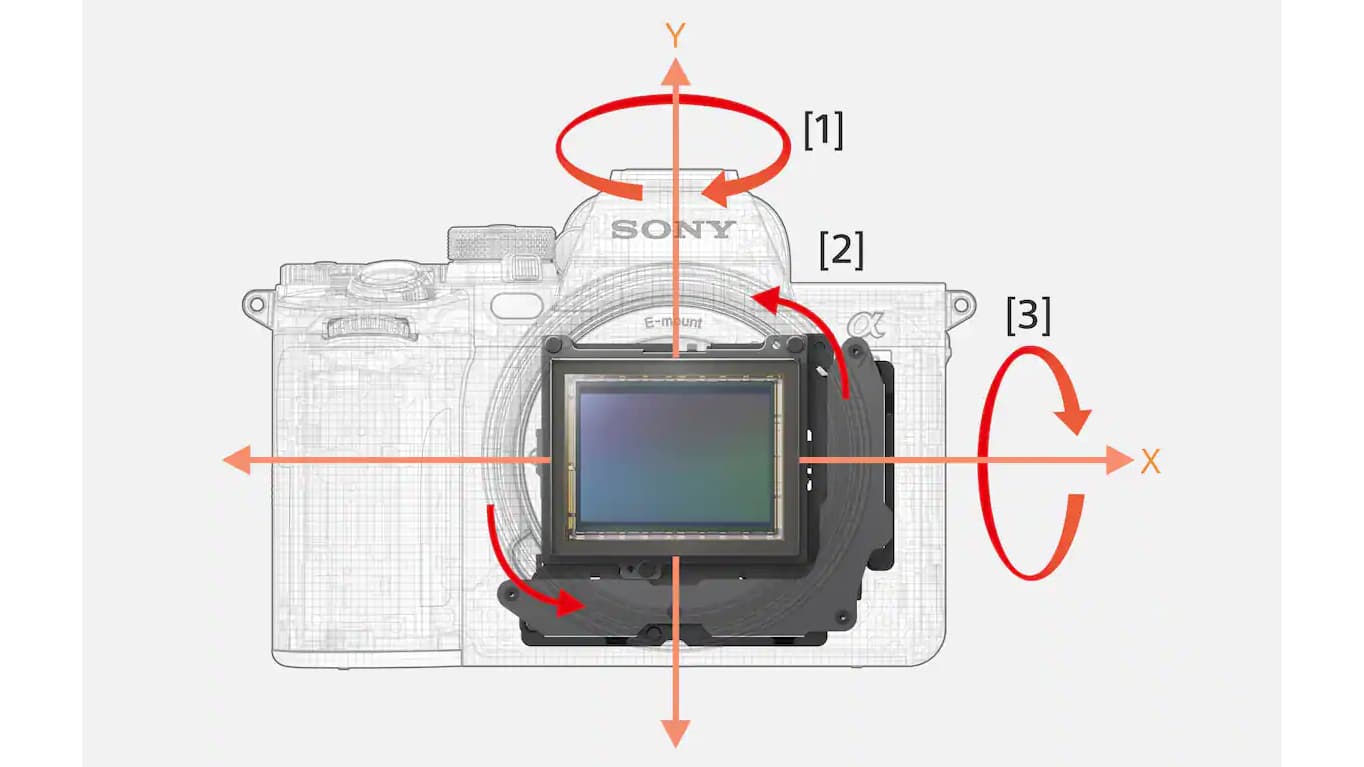
• Sony A7R V: 5-axis IBIS, up to 8 stops compensation
• Sony A7R IV: 5-axis IBIS, up to 5.5 stops compensation
We’re not sure that Sony has physically altered the image stabilization mechanism in the A7R V, but it does say that it’s upgraded the stabilization algorithms to offer up to 8 stops of shake compensation – a massive 2.5 stop increase over the 5.5 stops of compensation offered by the A7R IV.
Given that any shake is made more obvious by these cameras’ very high resolution, it sounds like an advantage worth having.
8. Displays
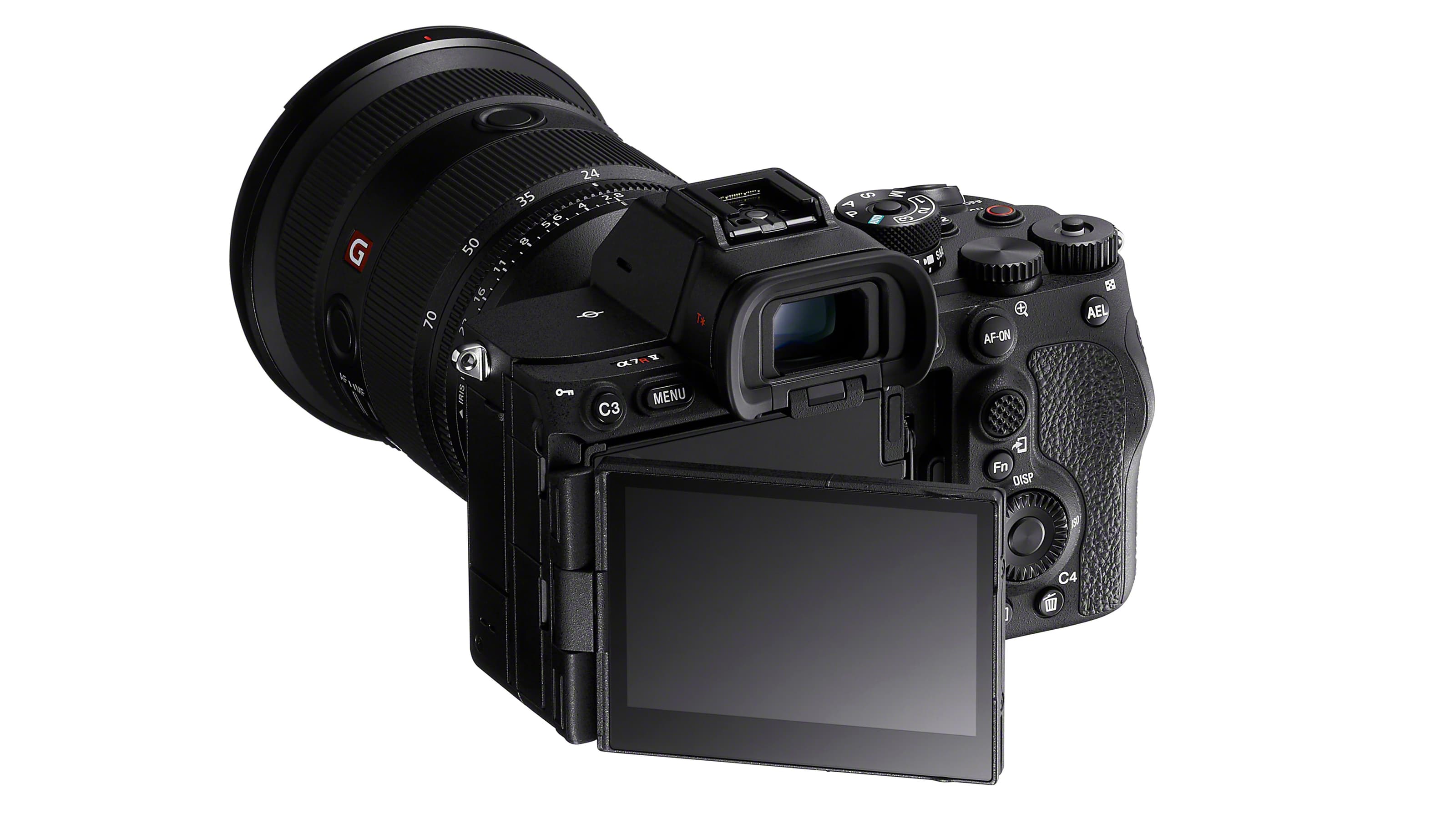
• Sony A7R V: 9.44m-dot EVF, 2.1m-dot 3.2-inch 4-way multi-angle screen
• Sony A7R IVA: 5.76m-dot EVF, 2.36m-dot (IVA) 3-inch tilting screen
• Sony A7R IV: 5.76m-dot EVF, 1.44m-dot (IV) 3-inch tilting screen
There are significant differences here. The A7R IV has a 5.76m-dot EVF, which is pretty good, but the A7R V practically doubles this to give Sony’s best-yet 9.44 million dot viewing experience.
Round the back, the differences are even more profound. The A7R IV makes do with a tilting 3-inch screen – upgraded from 1.44 million dots to 2.36 million dots with the newer A7R IVA variant, but that’s not much compensation for the vastly superior screen on the A7R V.
This isn’t just larger, at 3.2-inch, it has a four-way pivot to offer both an on-axis tilting mechanism and a side-pivot vari-angle adjustment. If you’ve been thinking so far that Sony’s a bit mean with its rear screens, this alone might convince you to pick the A7R V!
9. Storage

• Sony A7R V: 2x SD UHS II/CFexpress Type A
• Sony A7R IV: 2x SD UHS/II
Here’s another big difference. Both cameras have dual memory card slots that can accept SD UHS II cards. However, the memory slots in the newer A7R V also accept CFexpress Type A cards. This is a newer, faster format that helps unlock the extra performance potential of the A7R V, but these cards are expensive and not everyone will need them.
10. Dimensions
• Sony A7R V: 131.3 x 96.9 x 82.4mm, 723g
• Sony A7R IV: 128.9 x 96.4 x 77.5mm, 665g
With its increase in features and performance, the Sony A7R V has gained a little girth too. It’s few millimetres thicker in the body and a couple of millimetres wider. It’s also nearly 60g heavier. That’s not much, though, and in the hand – especially with bigger Sony lenses fitted – you’re unlikely to notice much difference.
Sony A7R V vs Sony A7R IV: conclusions

If the Sony A7R IV already does everything you need, there’s no clear reason to pay the extra for the Sony A7R V. Both cameras have 61MP sensors and will deliver equivalent image quality.
But where the newer A7R V scores is in a whole series of individual enhancements which do add up to a significantly better camera.
These included the state-of-the-art AI autofocus, the huge continuous shooting buffer capacity, the 8K video capability (should you need that), the dual-slot memory cards and the improved stabilization.
The physical improvements alone may be enough to tempt you towards the A7R V. The EVF is superb and the 4-way rear screen is a giant leap forward from the one on the A7R IV.
But ultimately it may just come down to price. If the differential is around $500/£500 then the A7R V does look clearly the better camera. But if the differential is closer to $1,000/£1,000 and your main priority is resolution, the A7R IV will save you a whole lot of cash… while you can still get them.
Best Sony cameras
Best lenses for Sony A7R III & A7R IV
Sony A7R IV vs A7R III vs A7R II
Sony A1 vs Sony A9 II vs Sony A7R IV
Get the Digital Camera World Newsletter
The best camera deals, reviews, product advice, and unmissable photography news, direct to your inbox!

Rod is an independent photography journalist and editor, and a long-standing Digital Camera World contributor, having previously worked as DCW's Group Reviews editor. Before that he has been technique editor on N-Photo, Head of Testing for the photography division and Camera Channel editor on TechRadar, as well as contributing to many other publications. He has been writing about photography technique, photo editing and digital cameras since they first appeared, and before that began his career writing about film photography. He has used and reviewed practically every interchangeable lens camera launched in the past 20 years, from entry-level DSLRs to medium format cameras, together with lenses, tripods, gimbals, light meters, camera bags and more. Rod has his own camera gear blog at fotovolo.com but also writes about photo-editing applications and techniques at lifeafterphotoshop.com
